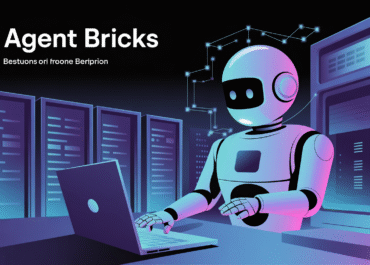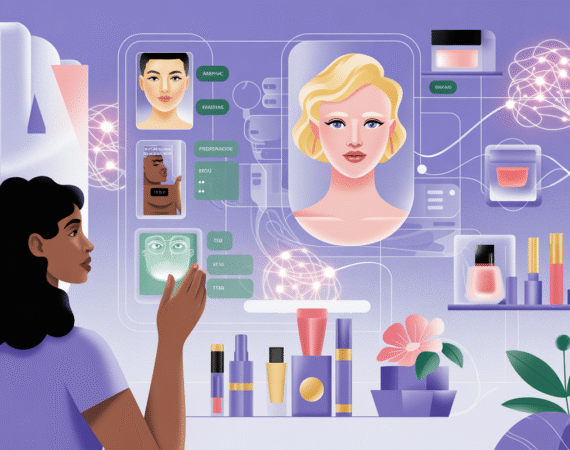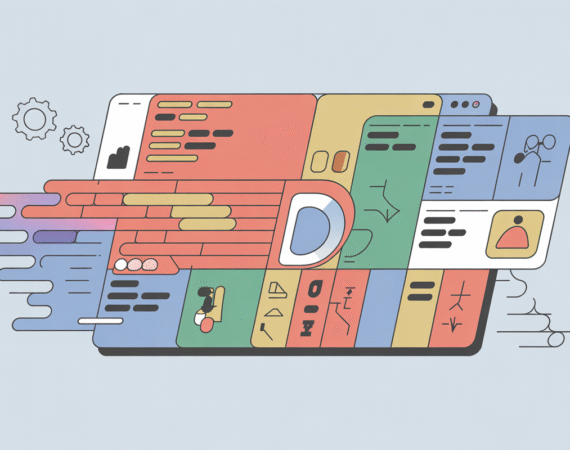Generative AI: Unleashing a New Era of Creativity
In an era defined by rapid technological advancement, few innovations hold as much transformative power as Generative Artificial Intelligence (AI). Far from being a mere algorithmic tool, generative AI is revolutionizing the creative landscape, fundamentally changing how ideas are conceived, developed, and brought to life. This cutting-edge technology acts as a powerful catalyst, empowering creators across diverse fields to push boundaries, explore new artistic avenues, and achieve unprecedented levels of innovation.
Beyond the Blank Canvas: AI as a Creative Partner
Generative AI isn’t about replacing human ingenuity; it’s about augmenting it. Imagine a painter facing a blank canvas, a musician with writer’s block, or a designer struggling for fresh concepts. Generative AI steps in as an intelligent assistant, capable of rapidly generating ideas, iterations, and variations based on specific prompts or existing data. This capacity for instant prototyping and ideation significantly accelerates the creative process, allowing artists and designers to experiment more freely and discover solutions they might never have envisioned on their own. It transforms the daunting blank canvas into a playground of possibilities.
Transforming Industries: A New Horizon for Creation
The impact of generative AI resonates across a multitude of creative domains:
- Art & Visual Design: Artists are using AI to create unique visual styles, generate complex patterns, or even complete entire artworks. From abstract digital art to realistic architectural renderings, AI offers new brushes and palettes. Graphic designers can quickly generate logo variations, marketing visuals, and UI elements, streamlining workflows and expanding creative output.
- Music & Soundscapes: Composers leverage AI to generate melodies, harmonies, and even entire orchestral arrangements. Sound designers can create unique sound effects or background scores, providing new textures and emotional depth to films, games, and multimedia projects.
- Writing & Content Creation: For writers, AI acts as a sophisticated brainstorming partner, helping to generate plotlines, character descriptions, or diverse content formats from blog posts and articles to marketing copy and poetry. It can help overcome writer’s block and ensure a consistent tone and style.
- Product Design & Engineering: Beyond traditional arts, generative AI is employed in industrial design to optimize forms, generate functional prototypes, and explore material efficiencies, leading to more innovative and sustainable products.
Human-AI Collaboration: The New Frontier
The true power of generative AI lies in its synergistic relationship with human creativity. It’s not about AI taking over, but about a dynamic partnership where AI handles the heavy lifting of generation and iteration, while human creators provide the vision, curation, emotional depth, and critical judgment. Humans define the parameters, refine the outputs, and infuse the work with the unique perspective and narrative that only human experience can provide. This collaborative model empowers creators to focus on the higher-level conceptual and artistic choices, making them more productive and innovative than ever before.
Addressing Concerns & Looking Ahead
While the excitement around generative AI is palpable, discussions around originality, copyright, and ethical use are ongoing. However, viewing AI as a sophisticated tool rather than a replacement helps frame these challenges as opportunities for evolving creative practices and legal frameworks. As the technology continues to mature, we can anticipate even more intuitive interfaces, deeper integration into creative suites, and an ever-expanding array of possibilities for human-AI collaboration.
In conclusion, generative AI is not just a technological advancement; it’s a creative revolution. By democratizing access to powerful creative tools and expanding the very definition of what’s possible, it’s empowering a new generation of artists, designers, and innovators. This isn’t the end of human creativity, but rather an exhilarating new chapter, where imagination knows fewer bounds and the potential for groundbreaking work is limitless.


